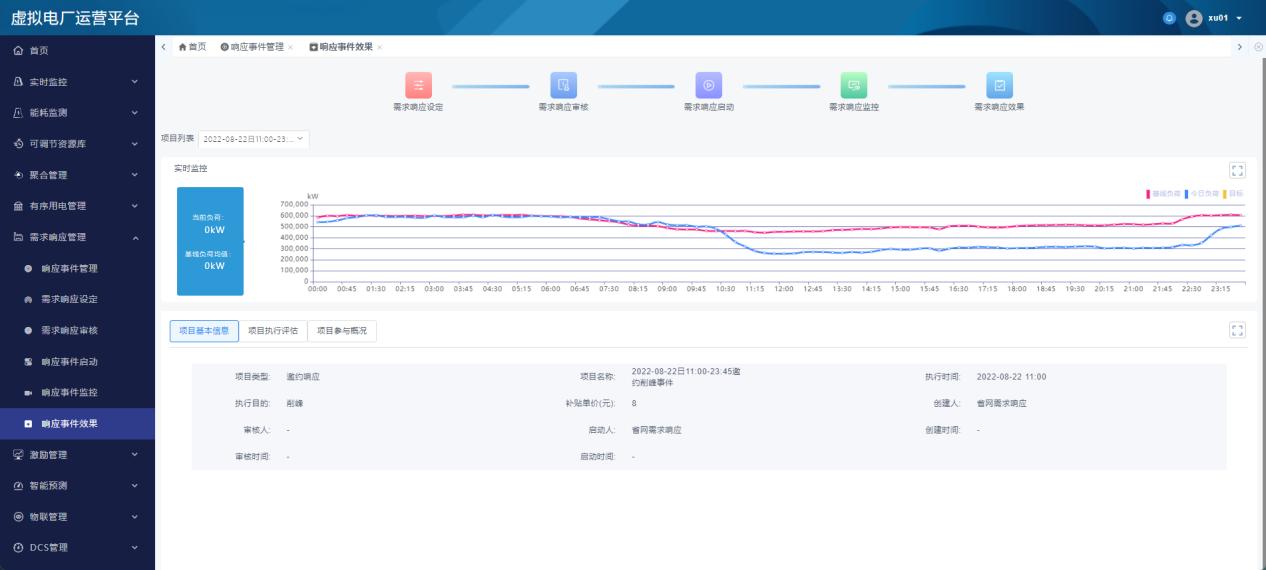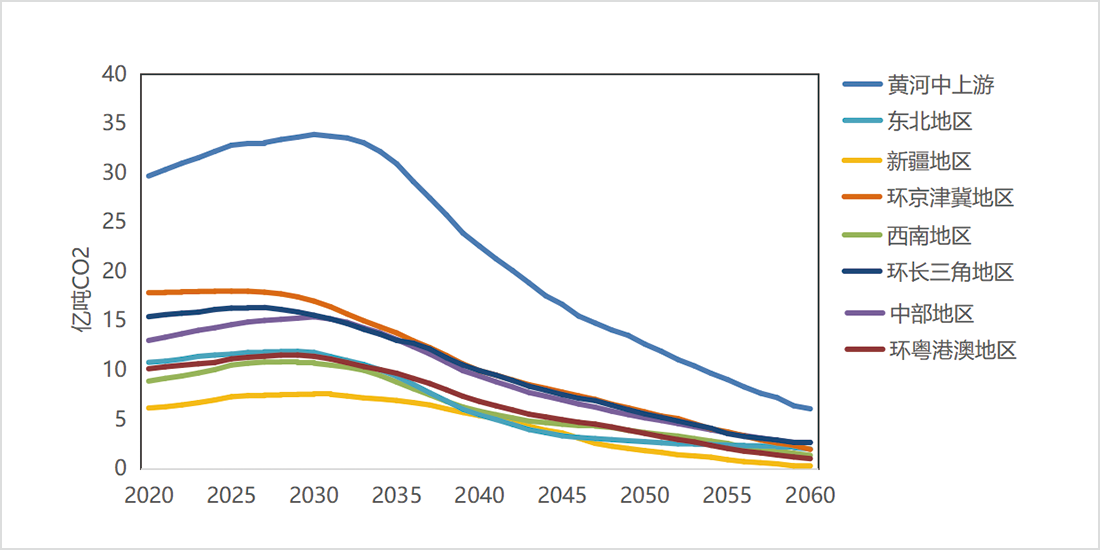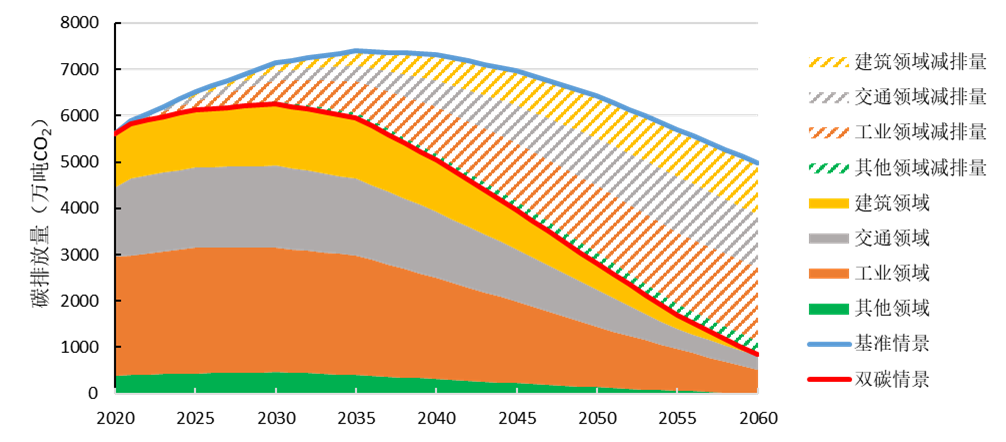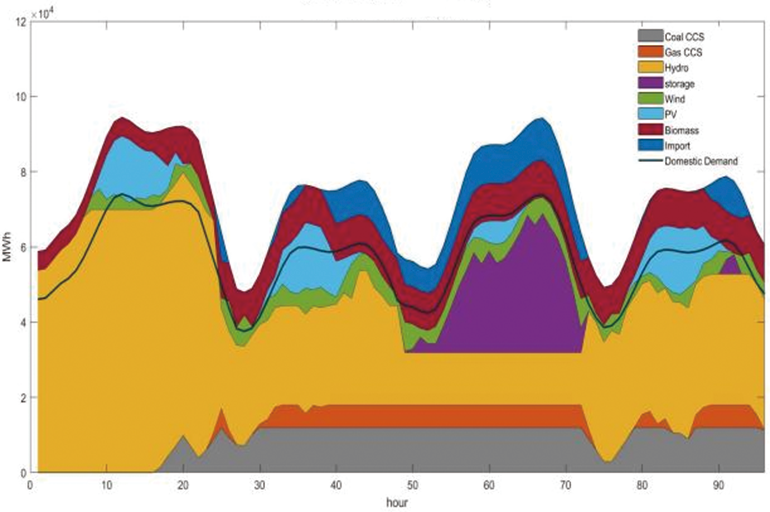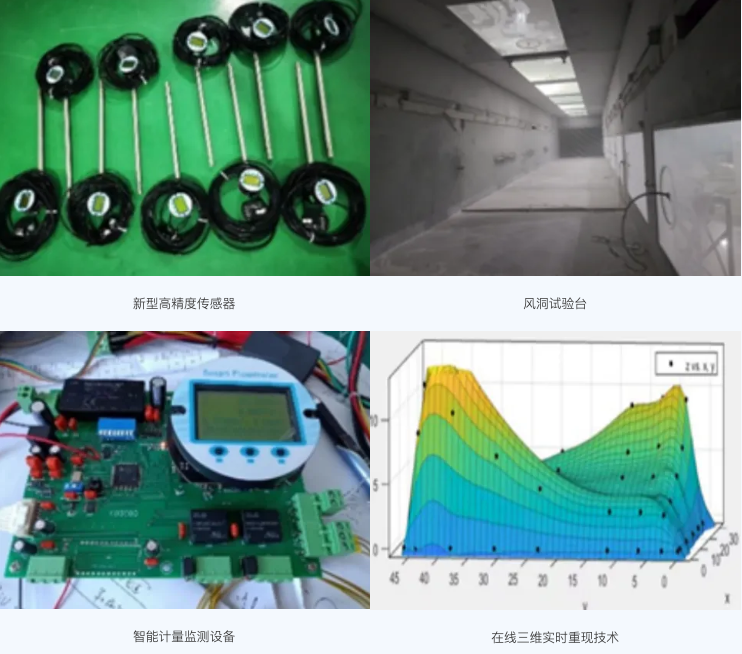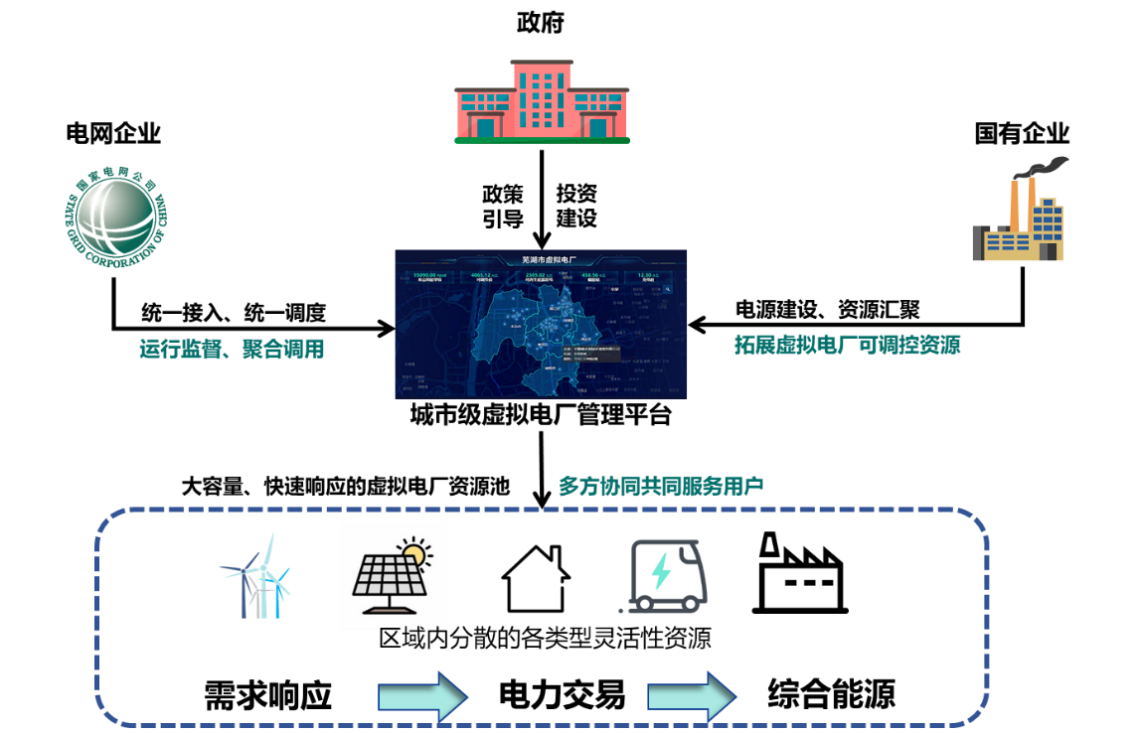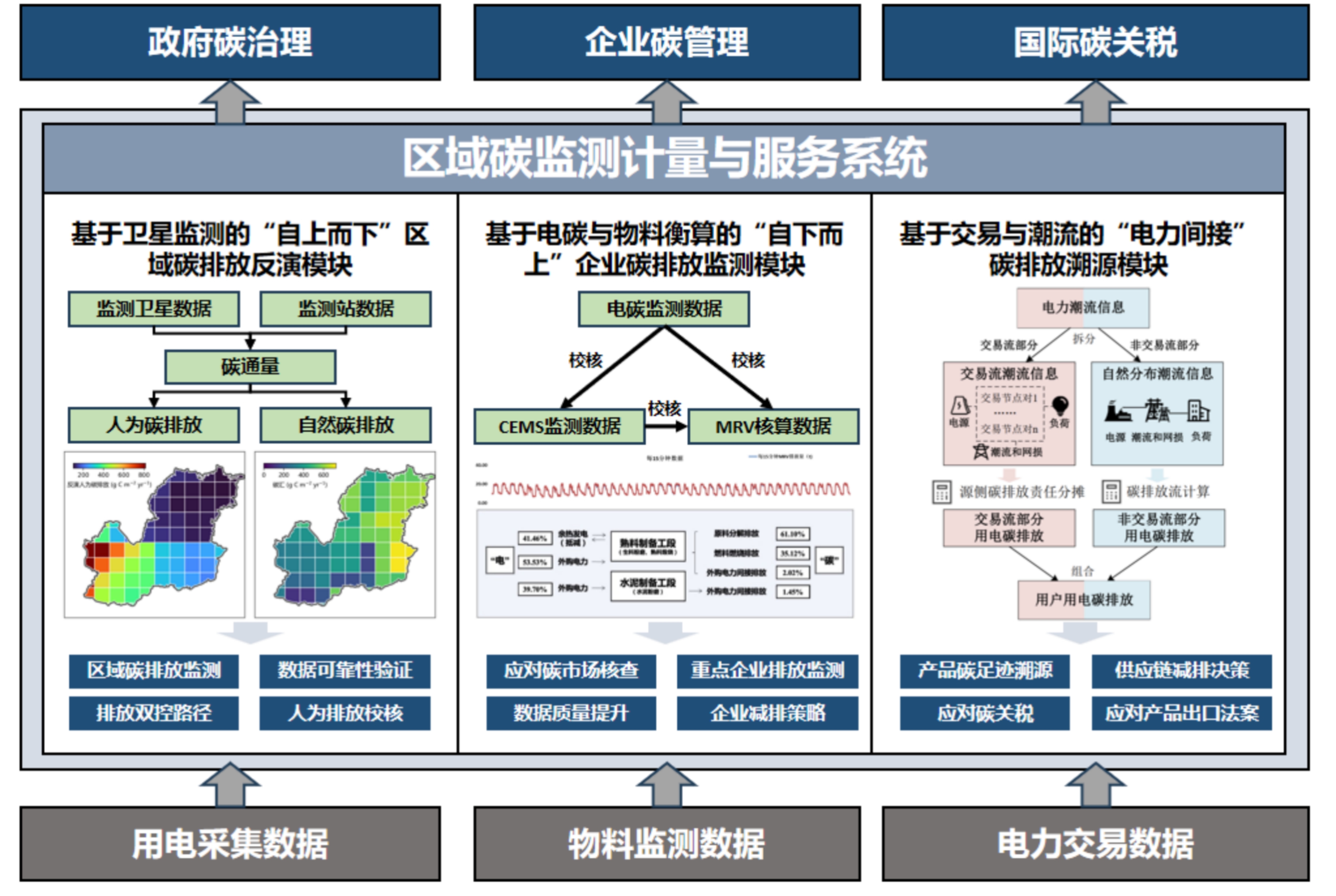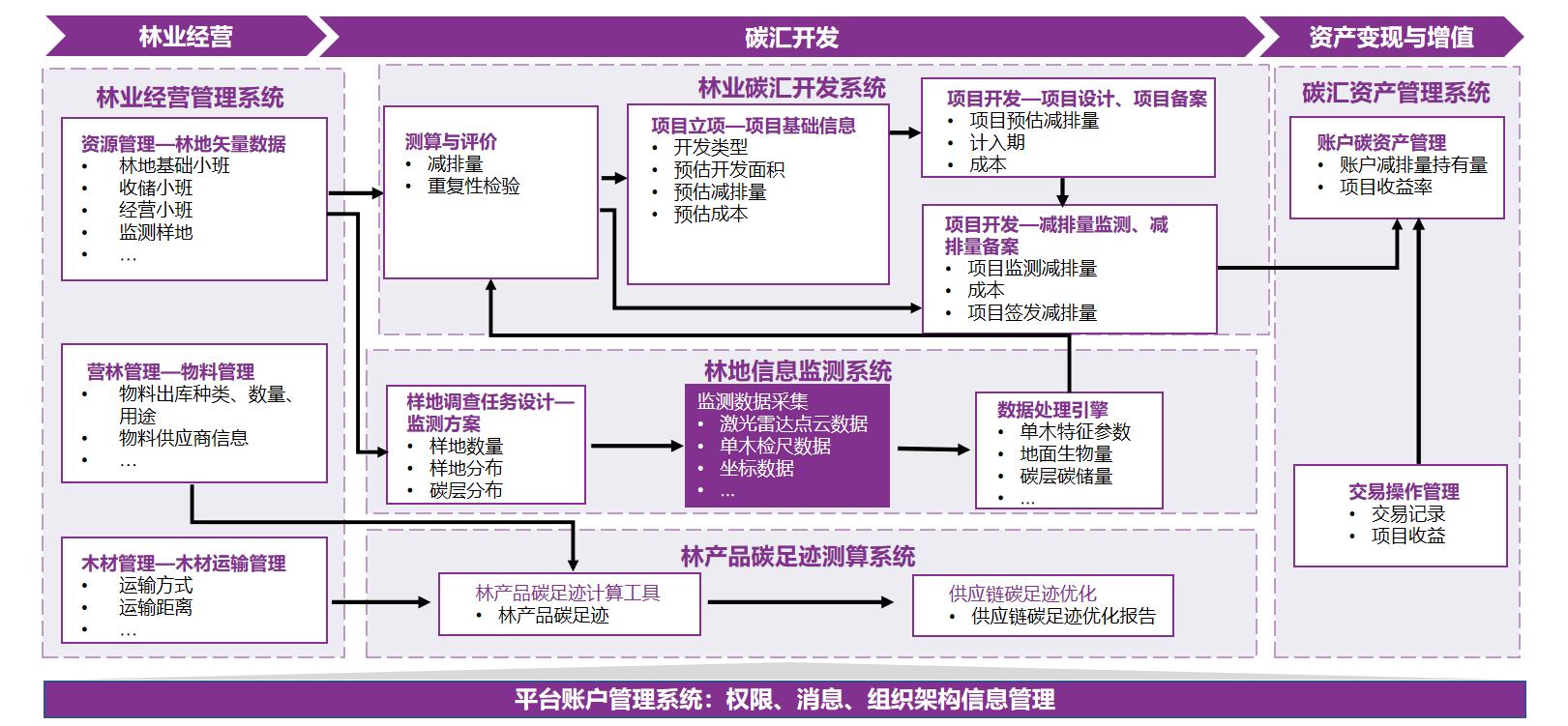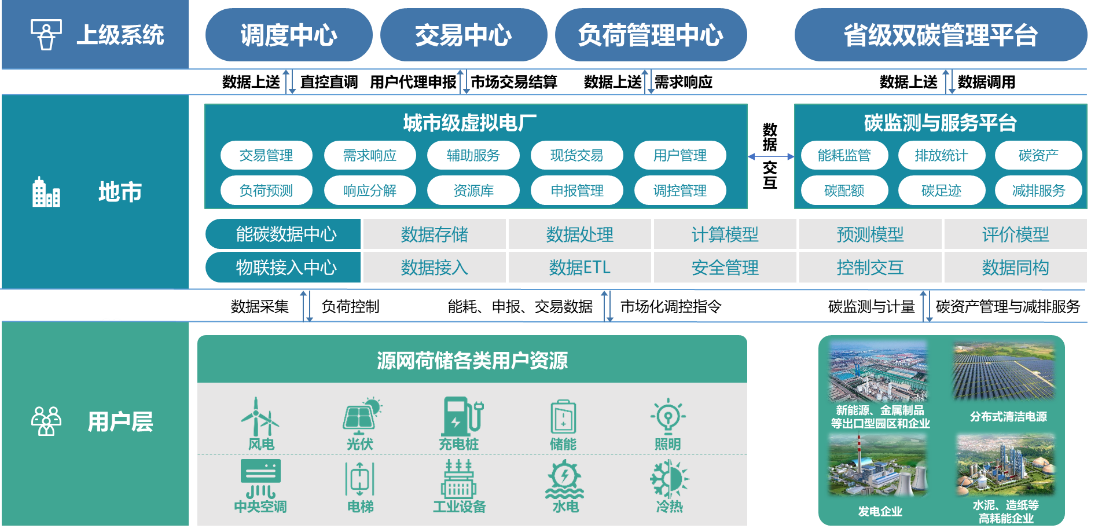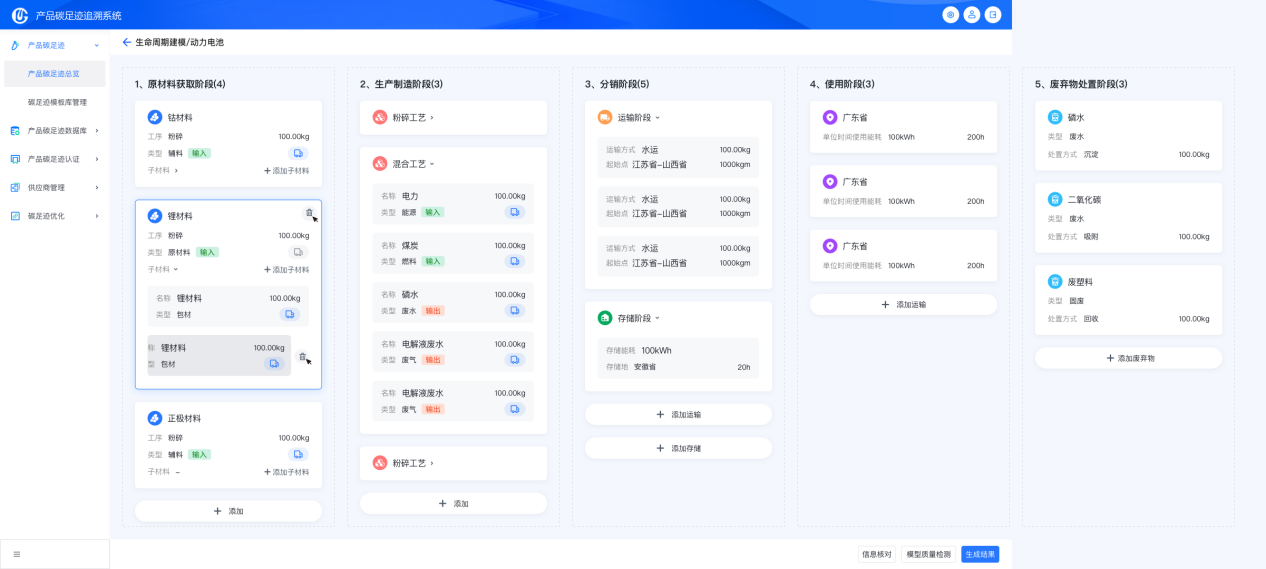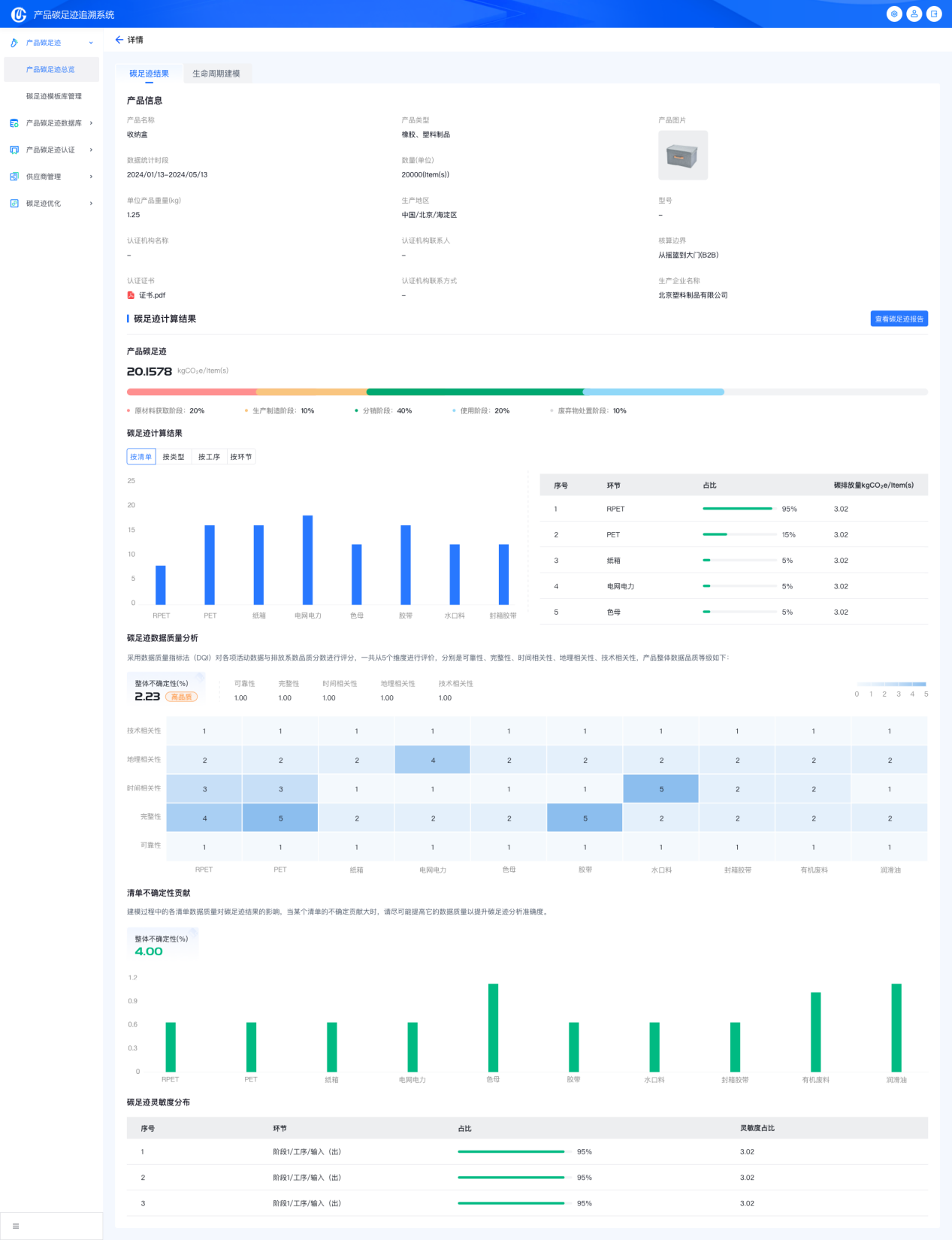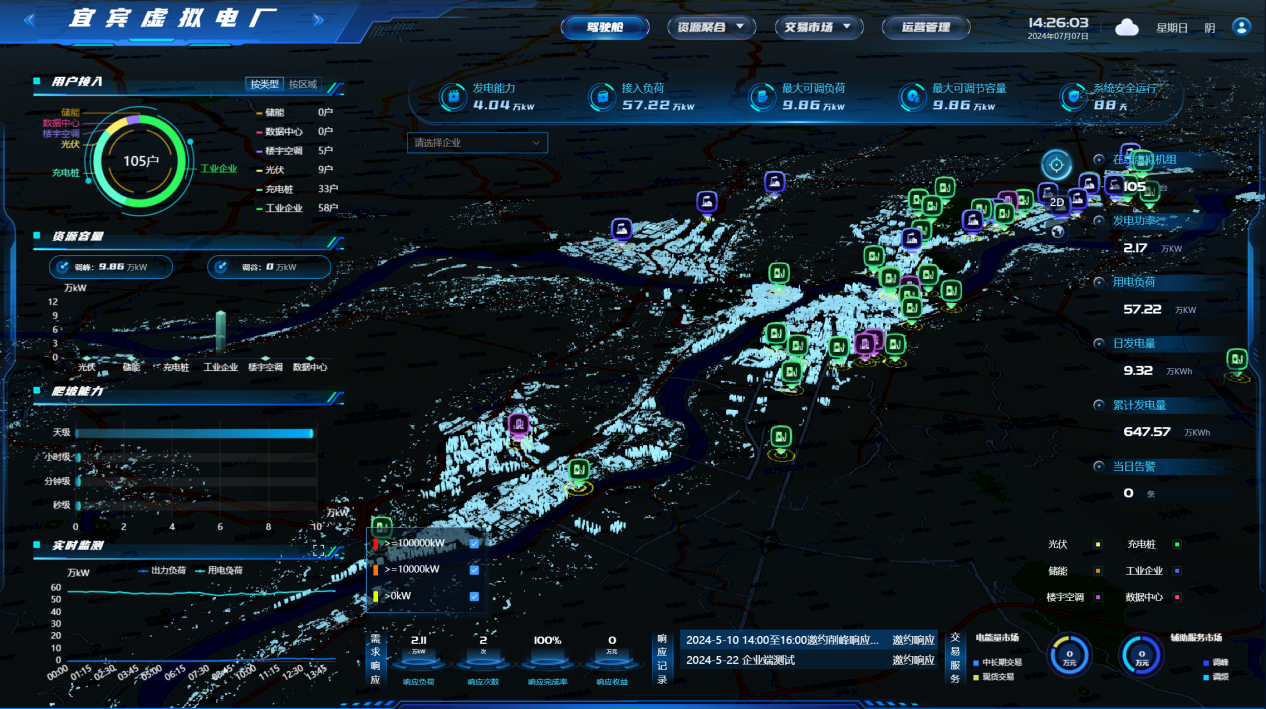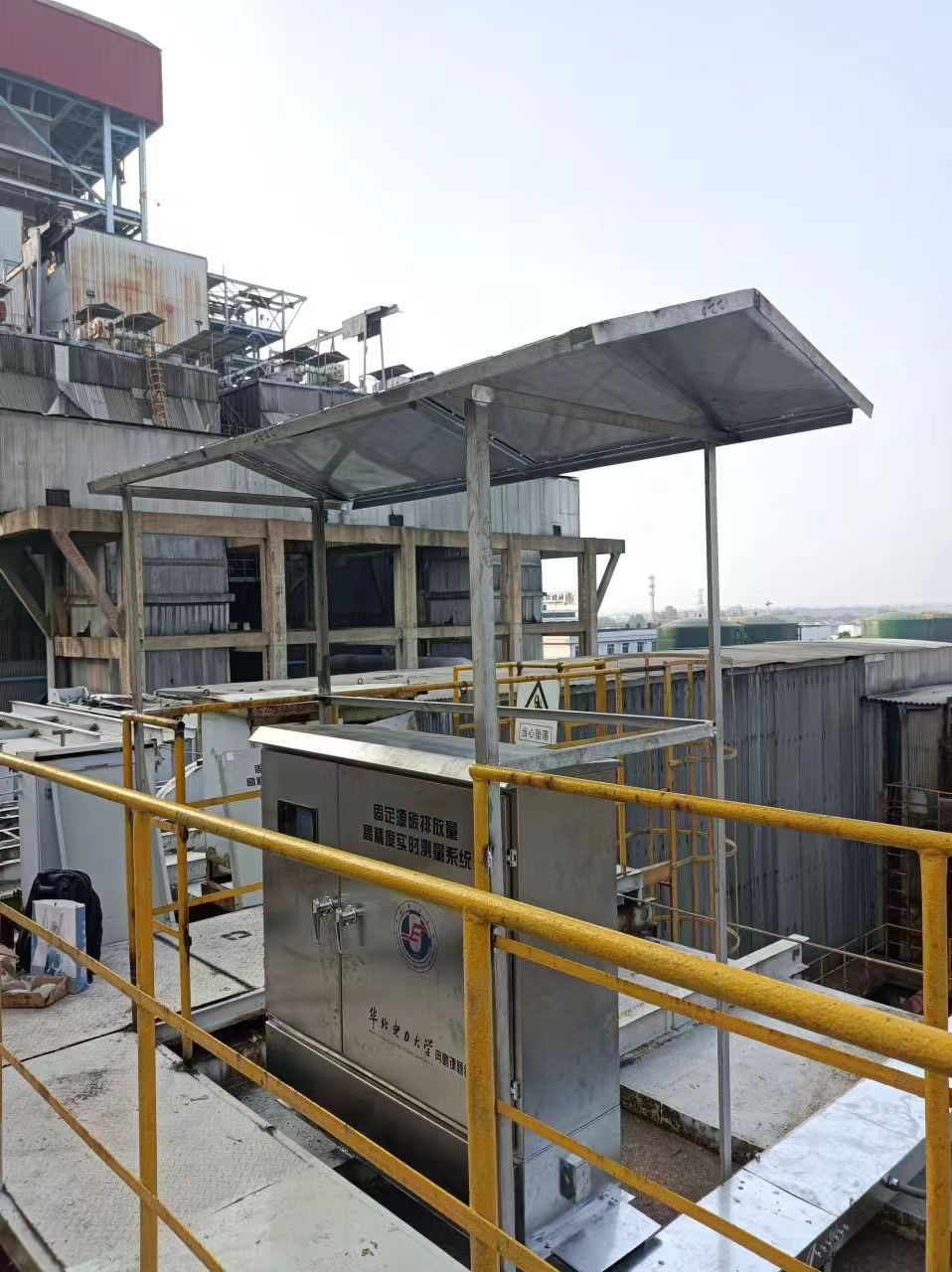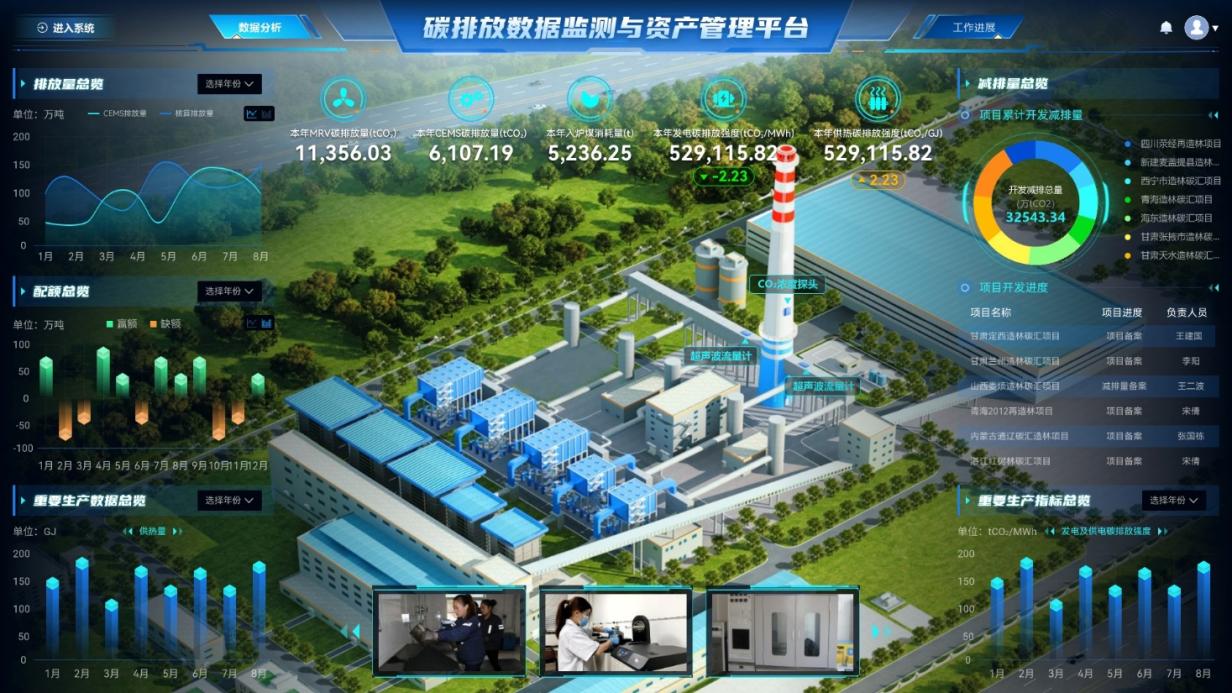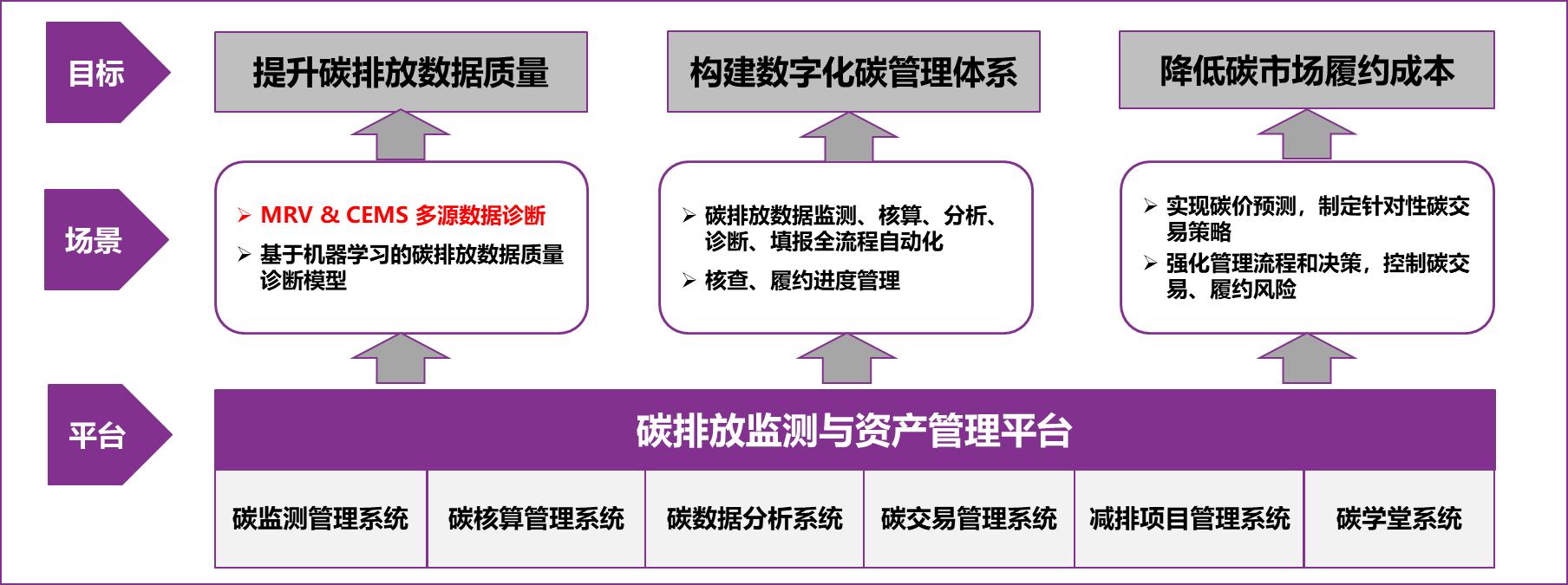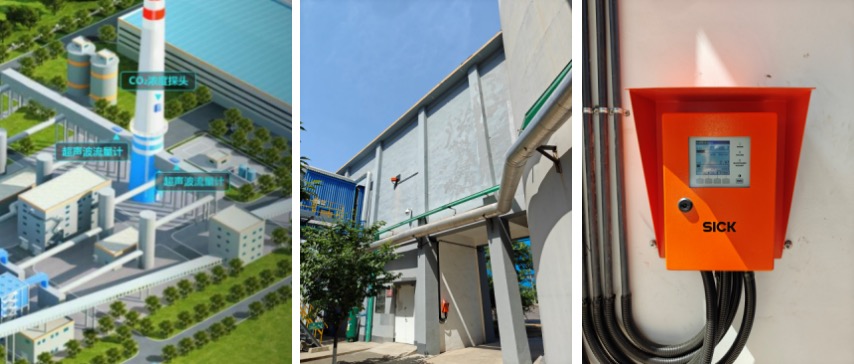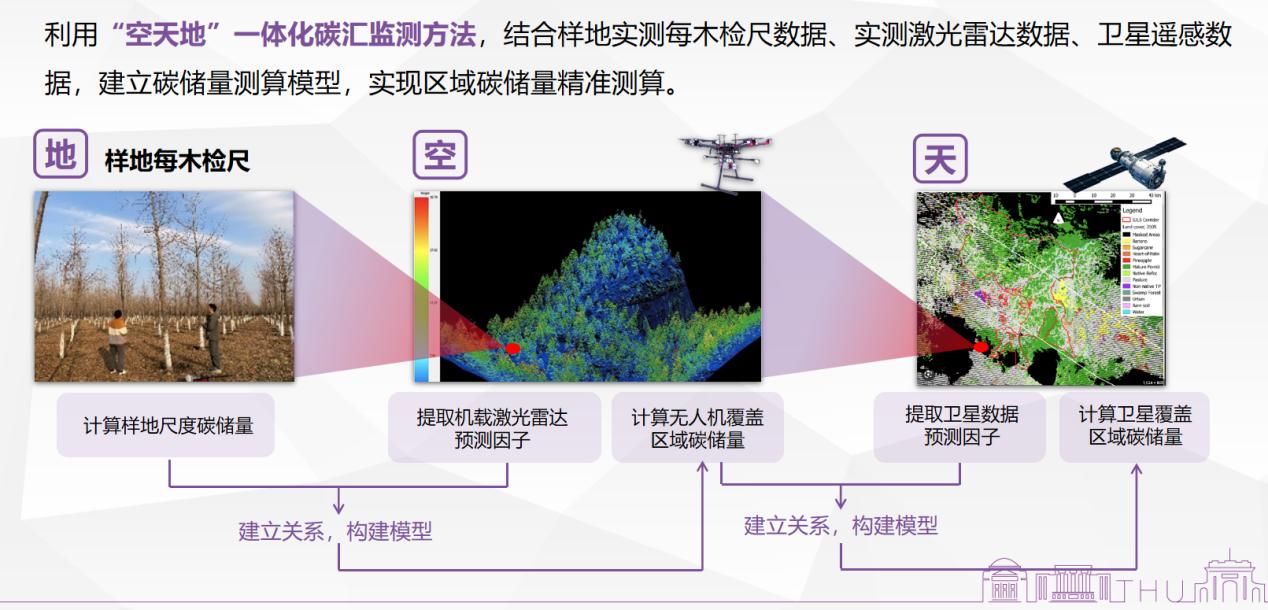• Guided by policies at both provincial and municipal levels, full coverage is achieved to optimize resource allocation on a larger scale.•
• Highly integrating data center, distributed solar, storage, and charging resources, to truly achieve the "power generation" ability from peak shaving and valley filling to routine dispatching
• During the summer of 2022, the city implemented a total of 25 demand responses through the platform, with a cumulative response load of 5.94 million kilowatts and a maximum daily response load of 328,000 kilowatts
• Form market-oriented operation bodies, break the user-side monopoly, and create a business model that mutually supports integrated energy services, thus promoting the reform of electricity spot market
• Coupling of energy consumption and emissions monitoring to improve government's governance capacity

